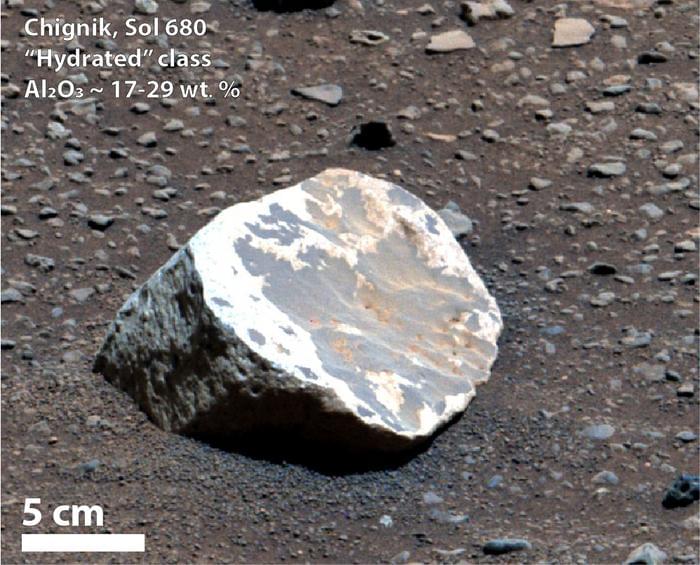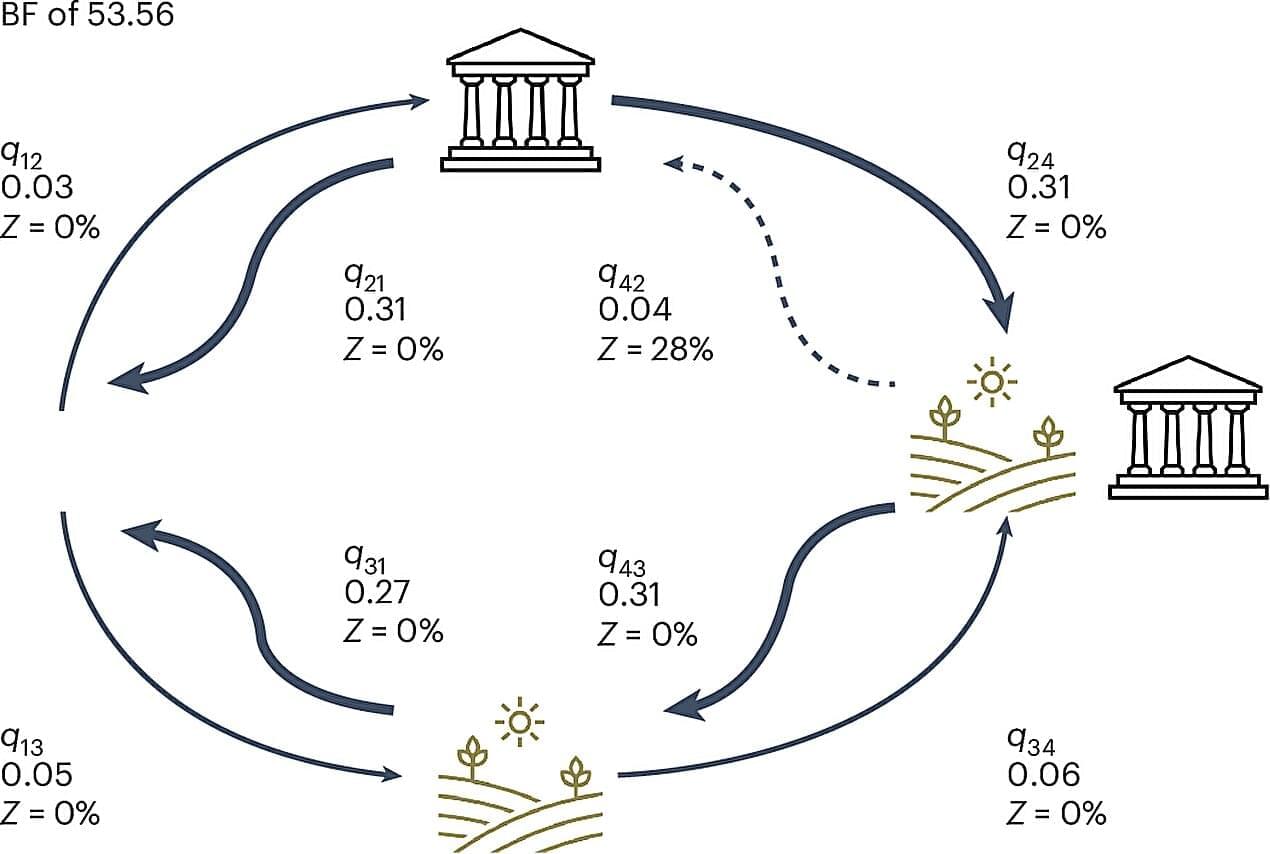Dr. Briony Horgan: “You need so much water that we think these could be evidence of an ancient warmer and wetter climate where there was rain falling for millions of years.”
What was Mars like billions of years ago? This is what a recent study published in Communications Earth & Environment hopes to address as an international team of scientists investigated intriguing evidence from the surface of Mars that could indicate heavy water activity existed long ago. This study has the potential to help scientists better understand ancient conditions on Mars and whether they were favorable for supporting life as we know it.
For the study, the researchers examined aluminum-rich rock fragments that were discovered by NASA’s Perseverance rover within Jezero Crater on Mars, and specifically the processes how they formed. This is because aluminum-rich clay minerals on Earth often form from heavy rainfall or other water-driven activities. Using the rover’s SuperCam and Mastcam-Z instruments, the researchers discovered the fragments—which were composed of aluminum and titanium with depleted traces of iron and magnesium—likely were analogs for heavy rainfall on Earth under greenhouse conditions. Therefore, the researchers concluded they potentially formed under intense wet conditions on Mars.








